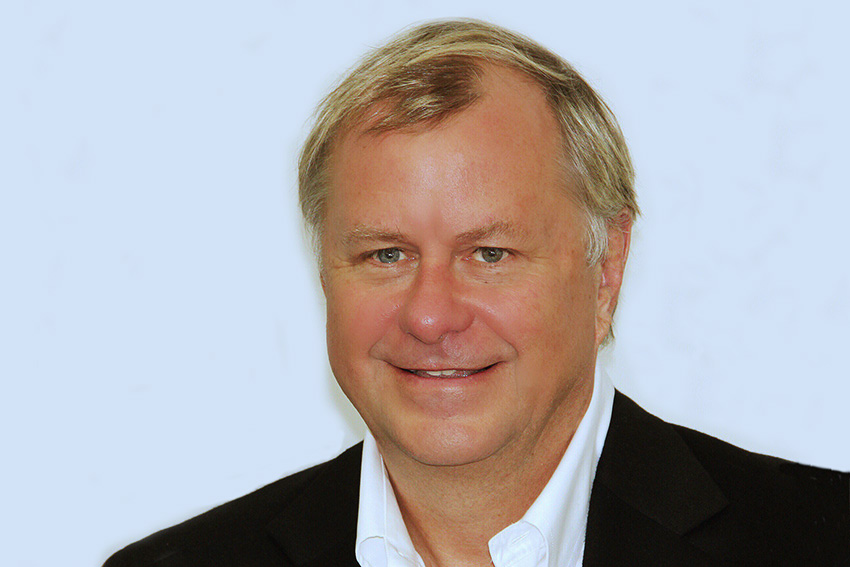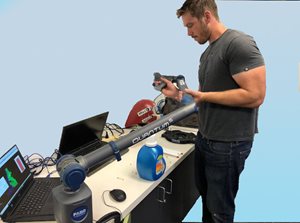By Stephanie Stevens

Name: Braxton Carter
Course: Introduction to Reverse Engineering with Solidworks
Braxton Carter, the Chief Technical Officer at ReverseEngineering.com, splits his time between solving real-time reverse engineering projects in the shop and leading a programming team whose goal is to develop the next generation of reverse engineering software.
His goal? To determine out how a particular thing – be it a machine, safety equipment, or even the human heart – works and improve on it.
How did you get started in your field?
I got started in reverse engineering and 3D scanning back in the 1990's when I teamed up with five-time world champion speed skier Steve McKinney and BELL Helmets to design a new helmet to help McKinney break the world speed skiing record at the 1992 Winter Olympics in Les Arc France.
Share one of your biggest professional successes with us.
My biggest professional success to date is being part of developing the mainstream ReverseEngineering.com software add-ins for integrated reverse engineering into eight major CAD software packages including Siemens NX, SolidEDGE, Solidworks, MasterCAM, Rhino, Autodesk Inventor, AutoCAD, Ansys SpaceClaim, and PTC CREO, which are used by thousands of companies around the world every day.
 What advice would you give someone looking to enter this career field?
What advice would you give someone looking to enter this career field?
Learn as much as you can about 3D scanning. Companies need forward-thinking individuals who are able to not only design in two dimensions, but who have the ability to 3D laser scan and hard probe objects (physically measure objects using a portable measuring arm) into the design CAD software.
How is your field changing?
MRO – or Maintenance Repair Overhaul – is a significant part of the industry these days. Which means there’s a new focus in using 3D reverse engineering to employ new and developing technologies such as AR (augmented reality) to help improve the accuracy and turnaround time in replacing unique or highly specialized parts in machinery.
What new skills do people need to stay current in your field?
They need to keep up with the latest in reverse engineering techniques in parametric (dimension-based), direct (interacting with the design), and synchronous (a combination of parametric and synchronous) modeling.
What is the most difficult part of your job?
The most difficult part my job is not having all the latest and greatest 3D scanners on demand. 3D scanning hardware and software are very expensive, which makes the shift to new technology slow to implement in an educational environment.
What do you like most about teaching for Extension?
I like teaching at UC San Diego Extension for the student feedback on what they are learning and what it means to them as they start their careers as design engineers. I really enjoy watching people light up as they learn a technology that is truly fun and exciting with immediate feedback.
Learn more about our Engineering Design courses and related programs including CAD/BIM and Mechanical Analysis & Design on our website.